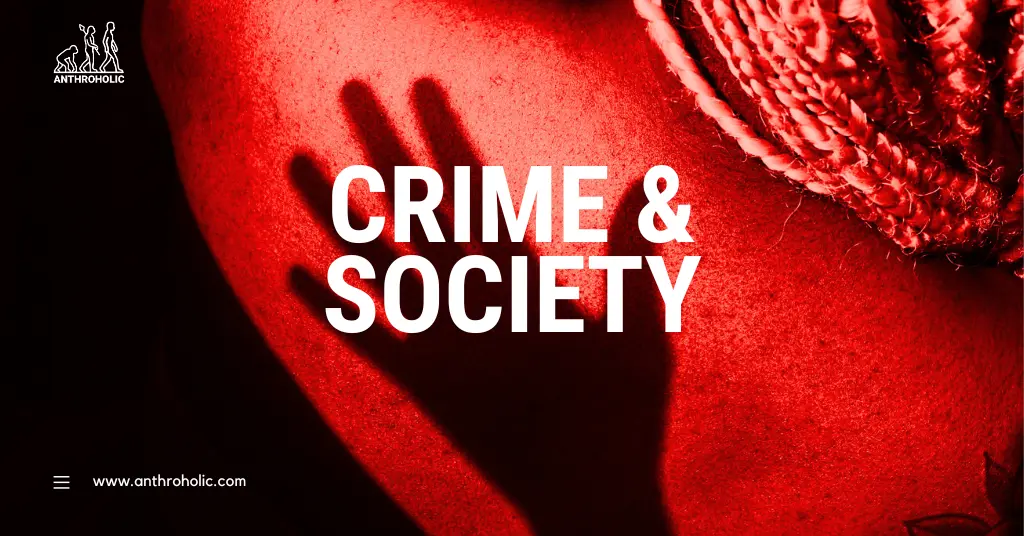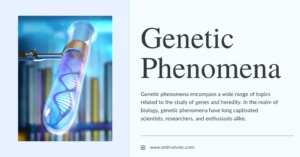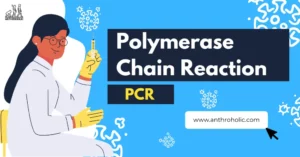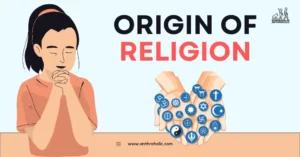AI Answer Evaluation Platform Live Now. Try Free Answer Evaluation Now
Crime and Society
The symbiotic relationship between crime and society has piqued the interest of scholars, particularly those of social-cultural anthropology. The discipline, grounded in understanding human behavior, culture, and societal norms, provides a unique lens to unpack the complexities and nuances of crime. It argues that crime is not an isolated phenomenon but rather intricately connected to the fabric of society, shaped by cultural norms, societal structures, and historical context [1].

Understanding Crime from a Social-Cultural Anthropological Perspective
Crime as a Cultural Construct
Social-cultural anthropologists argue that crime cannot be universally defined since what constitutes a crime varies across cultures and societies. For instance, practices considered lawful in one society might be deemed criminal in another [2].
- In some indigenous communities, traditional practices such as bigamy are socially acceptable, while in Western societies, they’re considered criminal offenses [3].
- Certain drug use, while illegal in many countries, forms an integral part of some religious and cultural rituals [4].
This cultural relativism in defining crime underscores the need to understand the cultural context when studying crime and criminal behavior.
Role of Social Structures
The sociocultural fabric of a society, marked by its economic, political, and social structures, plays a critical role in shaping crime trends [5].
- Economic Structure: Societies marked by high income inequality often experience higher crime rates. The strain theory suggests that individuals resort to crime when they cannot achieve societal goals through legitimate means [6].
- Political Structure: Political corruption and lack of rule of law often foster a culture of impunity, leading to increased crime [7].
- Social Structure: Societies with weak social institutions, family structures, and community networks tend to have higher crime rates due to the lack of social control [8].
Historical Context and Crime
The historical context of a society influences its crime trends. The colonial legacy of many countries, for instance, has significantly shaped their contemporary crime patterns, as it has led to social inequalities and conflicts that often breed crime [9].
Implications for Society
Direct Impact of Crime on Society
Table 1. Direct Impact of Crime on Society
| Impact | Explanation |
|---|---|
| Economic Costs | Crime results in significant economic costs, including the cost of law enforcement, judicial proceedings, and victim support services [10]. |
| Physical and Psychological Harm | Victims of crime often suffer from physical injuries and psychological trauma, affecting their overall well-being [11]. |
| Fear and Insecurity | High crime rates create an environment of fear and insecurity, affecting the social cohesion and quality of life in a community [12]. |
Indirect Impact of Crime on Society
Crime indirectly affects society by influencing policy-making and shaping societal norms. For instance, high crime rates often lead to more stringent laws and increased spending on law enforcement [13]. Moreover, societal attitudes towards crime and criminals are shaped by the prevailing crime trends [14].
Crime Prevention: A Sociocultural Approach
Building upon the social-cultural understanding of crime, crime prevention strategies can be redesigned to address the root causes rather than the symptoms of crime.
Economic Interventions
Since economic disparities often contribute to crime, interventions aimed at reducing poverty and improving income equality can significantly impact crime rates. Examples of such interventions could include [15]:
- Job creation programs, particularly targeting marginalized communities
- Vocational training and skill development programs
- Social security measures for the economically disadvantaged
Strengthening Political and Social Institutions
The role of political and social institutions in curbing crime can’t be overemphasized. Strengthening these institutions can lead to a significant reduction in crime rates [16]. This could be achieved through:
- Political Institutions: Enhancing transparency, curbing corruption, and ensuring rule of law can deter criminal behavior [17].
- Social Institutions: Strengthening family structures, community networks, and education systems can foster a sense of social cohesion and control, deterring individuals from resorting to crime [18].
Culturally Sensitive Legislation
Understanding that crime is a cultural construct, legislation should be culturally sensitive. Laws that are out of sync with cultural norms may not only fail to deter crime but may also lead to resistance and conflict [19]. Therefore, lawmakers need to understand the cultural context and engage in a dialogue with communities when formulating laws.
The Role of Restorative Justice
Restorative justice is an approach that focuses on the rehabilitation of offenders through reconciliation with victims and the community at large. It is a culturally sensitive approach that recognizes the societal context of crime and seeks to repair the harm caused by crime rather than merely punishing the offender. Examples of restorative justice include [20]:
- Victim-offender mediation
- Family group conferences
- Healing circles
The effectiveness of restorative justice in preventing recidivism and healing communities has been demonstrated in various studies [21].
Conclusion
From a social-cultural anthropological perspective, crime and society are intertwined, each shaping and being shaped by the other. Crime is a cultural construct, shaped by a society’s social structures and historical context. Its impact on society is manifold, leading to significant direct and indirect effects. An understanding of this complex interplay can help in devising effective strategies to prevent crime and mitigate its impacts.
References
[1] Durkheim, E. (1895). “The Rules of Sociological Method.” Free Press.
[2] Nader, L. (1980). “The Cross-Cultural Study of Law and Social Control.” Social Science Information, 19(2), 133–146. https://www.jstor.org/stable/1409719
[3] Ember, C. R., & Ember, M. (2009). “Cultural Anthropology.” Pearson Education, Inc.
[4] Labate, B. C., & Jungaberle, H. (2011). “The Internationalization of Ayahuasca.” Lit Verlag.
[5] Shaw, C., & McKay, H. (1942). “Juvenile Delinquency and Urban Areas.” University of Chicago Press.
[6] Merton, R. K. (1938). “Social Structure and Anomie.” American Sociological Review, 3(5), 672-682.
[7] Treisman, D. (2000). “The Causes of Corruption: a Cross-National Study.” Journal of Public Economics, 76(3), 399-457.
[8] Sampson, R. J., Raudenbush, S. W., & Earls, F. (1997). “Neighborhoods and Violent Crime: A Multilevel Study of Collective Efficacy.” Science, 277(5328), 918-924.
[9] Taft, D. R. (1954). “Criminology.” Macmillan.
[10] Anderson, D. A. (1999). “The Aggregate Burden of Crime.” Journal of Law and Economics, 42(2), 611-642.
[11] Norris, F. H., & Kaniasty, K. (1994). “Psychological Distress Following Criminal Victimization in the General Population: Cross-sectional, Longitudinal, and Prospective Analyses.” Journal of Consulting and Clinical Psychology, 62(1), 111–123.
[12] Hale, C. (1996). “Fear of Crime: A Review of the Literature.” International Review of Victimology, 4(2), 79-150.
[13] Lappi-Seppälä, T. (2007). “Penal Policy in Scandinavia.” Crime and Justice, 36(1), 217-296.
[14] Garland, D. (2001). “The Culture of Control: Crime and Social Order in Contemporary Society.” Oxford University Press.
[15] Raphael, S., & Winter-Ebmer, R. (2001). “Identifying the Effect of Unemployment on Crime.” Journal of Law and Economics, 44(1), 259-283.
[16] Tonry, M. (2014). “Why Crime Rates are Falling Throughout the Western World.” Crime and Justice, 43(1), 1-63.
[17] Rose-Ackerman, S. (1999). “Corruption and Government: Causes, Consequences, and Reform.” Cambridge University Press.
[18] Thornberry, T. P., Lizotte, A. J., Krohn, M. D., Farnworth, M., & Jang, S. J. (1991). “Testing Interactional Theory: An Examination of Reciprocal Causal Relationships Among Family, School, and Delinquency.” The Journal of Criminal Law and Criminology, 82(1), 3-35.
[19] Nivette, A. (2011). “Cross-national Predictors of Crime: A Meta-analysis.” Homicide Studies, 15(2), 103-131.
[20] Zehr, H. (2002). “The Little Book of Restorative Justice.” Good Books.
[21] Latimer, J., Dowden, C., & Muise, D. (2005). “The Effectiveness of Restorative Justice Practices: A Meta-Analysis.” The Prison Journal, 85(2), 127-144.




